Tips for a successful fishing season
Jack Showalter knows some of the best spots to go for the first day of trout season.
April 12, 2018
What You Need to Know for the First Day
(Tips and Tricks)
3 Tips for the the 2018 Fishing Season
- Always remember extra clothes; you can always fall in.
- Always fish facing the sun so you don’t cast a shadow on the water and spook fish.
- If someone beats you to a spot, let them fish;trying to squeeze in beside them only causes problems and tangles, and it might get you thrown in the river.
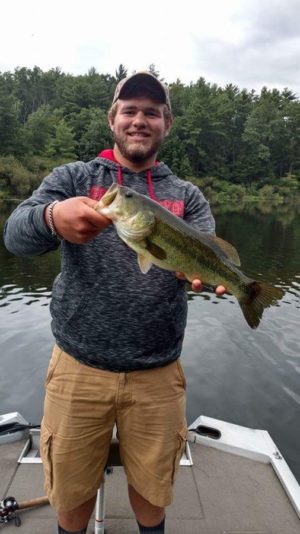
Hello my name is Jack Showalter, avid outdoorsman, and I will be your guide for must-know information for the first day of trout, April 14.
The trick to being a good fisherman is to have expert anglers as your teachers, like my father and my uncle George, who taught me. But since you may not have them as your teachers, I will be your professor in rippin lips today.
First it is a must that you purchase a fishing license. See, here on the BluePrint we are all about being legal outdoorsmen and women. Also, it needs to be known that after you listen to my expert tactics you can only keep five trout as your bag limit. Plus, you need to be wary of the rules at your specific location because at some places there is an actual start time to when you can begin to fish, while others allow you to start at daylight.
Now for the fishing tactics. First, it’s important to remember that early springtime fishing in the northeast can be quite hard, even when dealing with stockies. Most anglers will make the mistake of fishing with giant spinning rods and using heavy monofilament line at a test of 10 lb. or greater. But this type of rig is made for late summer fishing when trying to pull bass off their beds through the weeds. Using an ultralight rod and a light 4-lb. monofilament is the perfect setup for trout. The smaller line is harder for the trout to see in the water. Also, if using live bait don’t use any hook smaller than a size 8. And honestly, anything bigger than a size 6 is just useless.
In addition to setup, you are probably wondering what to use as bait. Well, there are endless baits out there, from your worm dunkers to your Rooster Tail rippers. Now personally, I use minnows on the first day of trout since that’s an easy recognition bait for the trout that were just recently stocked into the stream. Weighing down your line with split shots is an easy way to make the minnow look natural and more appealing to the fish. However, if you are an artificial guy or gal then you can use spinners to. With spinners you can allow yourself to put that bait in front of more fish instead of being at the mercy of the flow like you would be if you used live bait. But you still should use a minnow imitation because that’s a prime target for spring trout.
Now that you know what to use, you probably want to know where the fish are. Most fish are found behind stream obstructions and breaks in the currents. These are spots the trout sit and wait for their prey to get knocked out of the main current to feed upon. A very big hot spot that is usually missed is undercuts in the bank or under exposed roots and vegetation.
If there are fly fisherman out there reading this, I could maybe give you a few tips in that side of the sport. But that’ll have to wait till our next addition, where I’ll teach about the greatest bait to use on the legendary Juniata River.
Now take these expert tips and rules the water on Saturday. Be safe, check the weather, and don’t forget to pack a lunch. After all, everyone gets hungry.



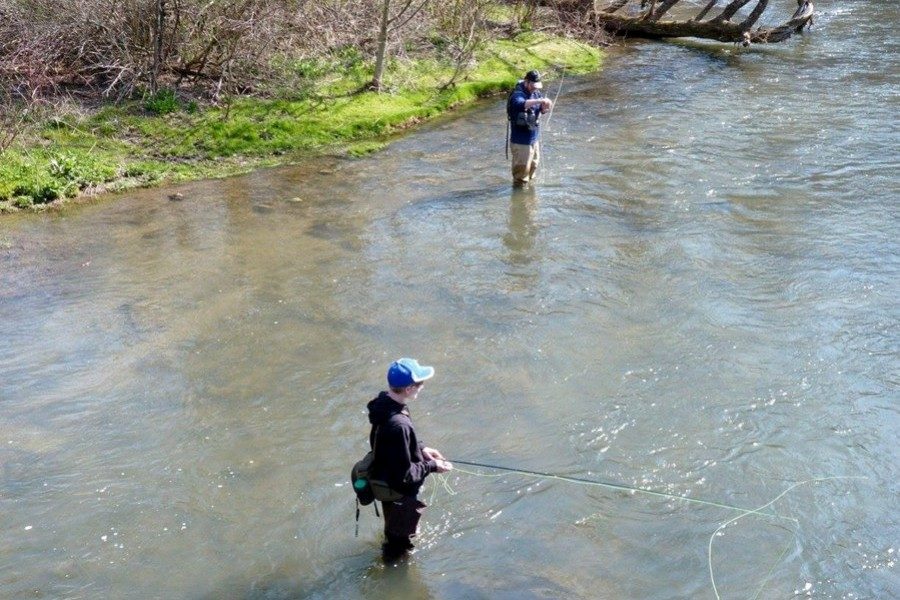
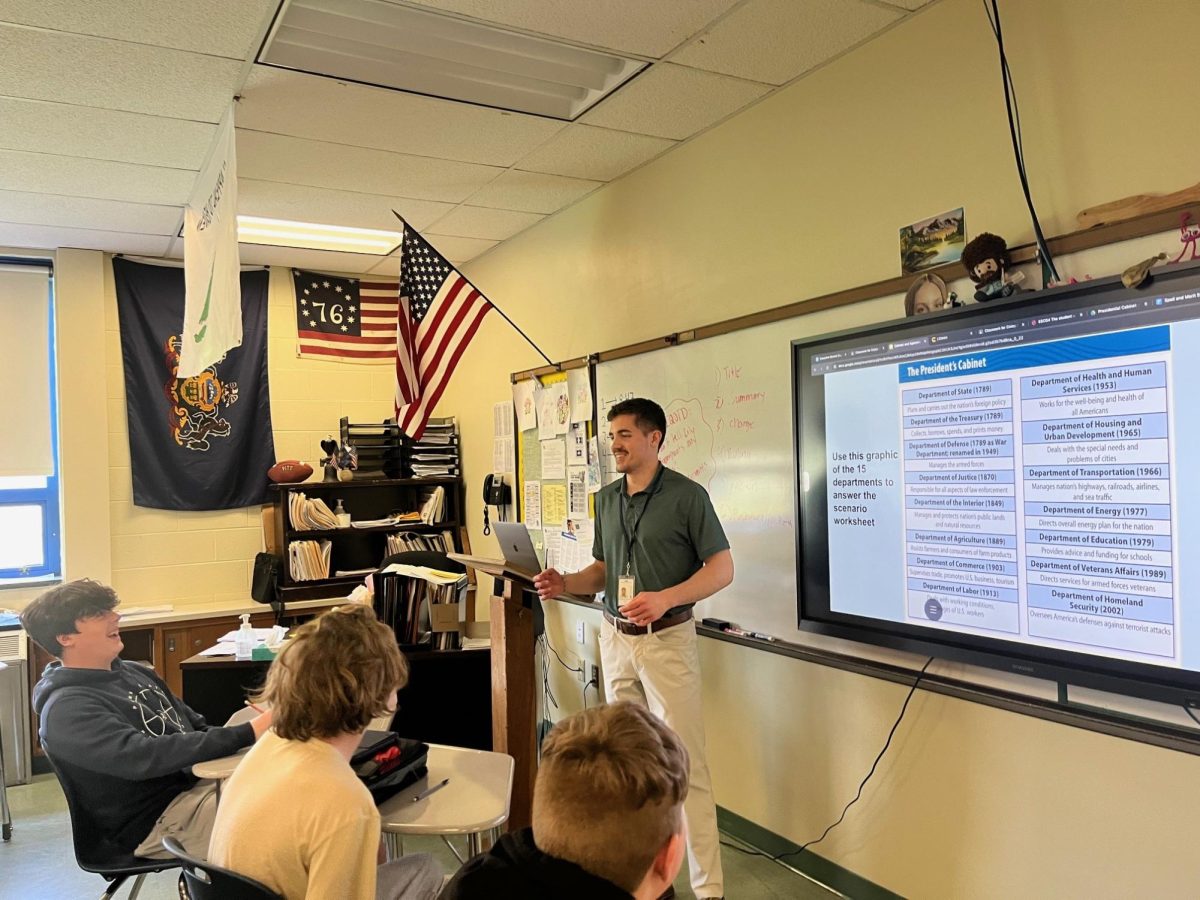

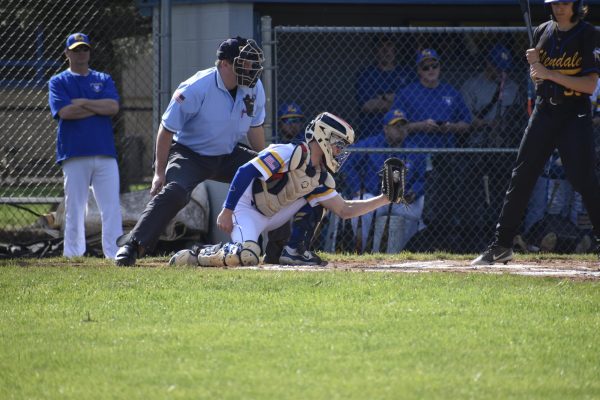
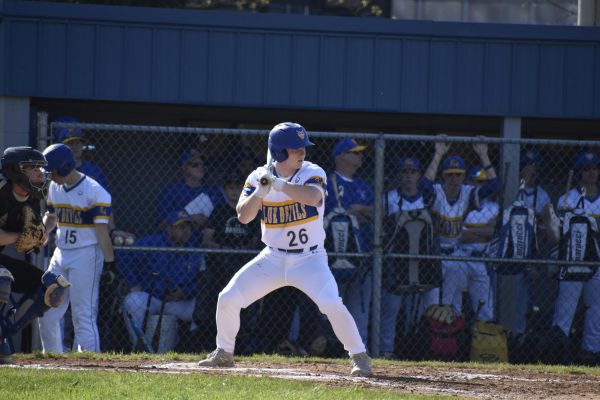





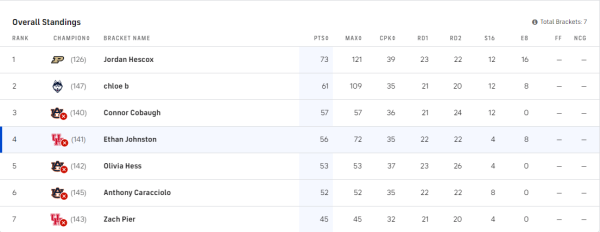
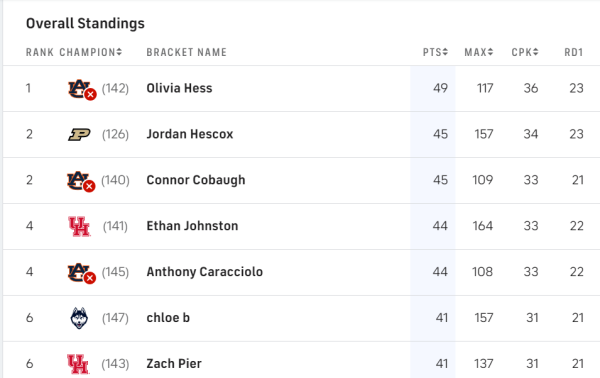
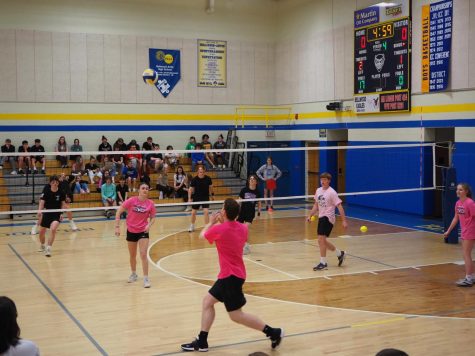
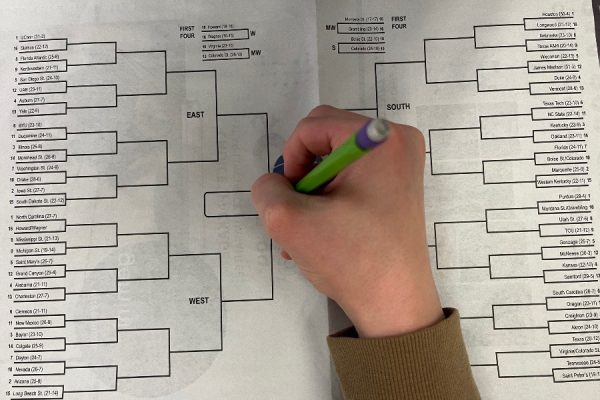

Brodee • Apr 13, 2018 at 7:28 am
All of those are wrong